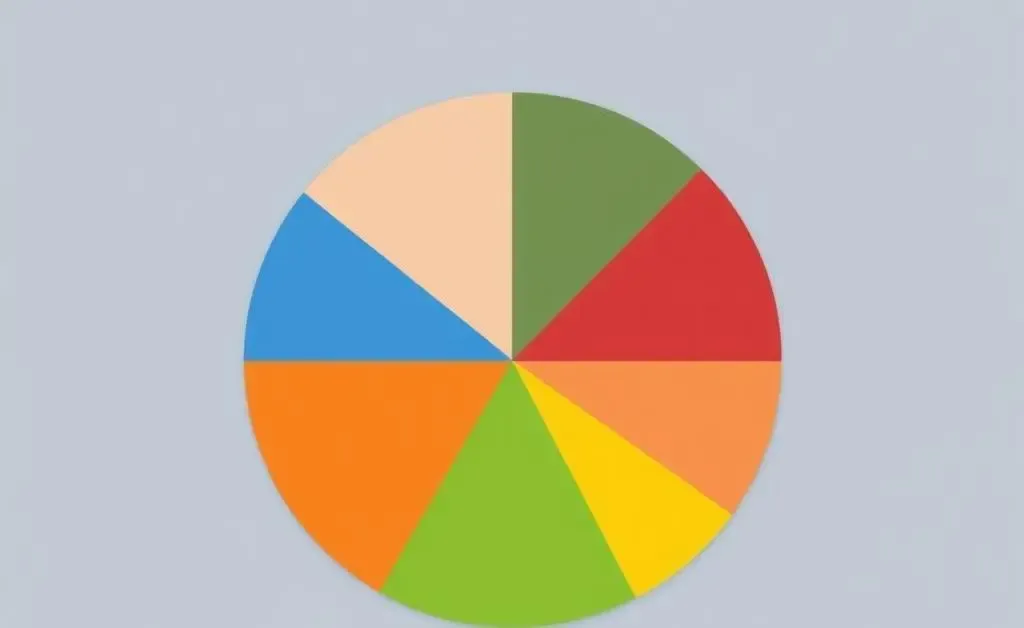Understanding Investment Allocation: Finding the Right Balance for You
Explore how to tailor your investment allocation to meet your unique financial goals.

Do you ever wonder if your investment portfolio is working as hard for you as it should be? You're not alone. Finding the right investment allocation is like crafting the perfect recipe – it's all about balance. Based on your unique financial goals and risk tolerance, tailoring your investment allocation can set you on a path to financial success.
What Is Investment Allocation?
Investment allocation primarily refers to how you distribute your investments across various asset classes, such as stocks, bonds, and cash. This approach aims to balance risk and reward by diversifying your investments depending on your goals, risk tolerance, and investment horizon.
Why Is Diversification Important?
Diversification is key in investment allocation. Imagine a pie chart where each slice represents a different investment type. A little in stocks for growth potential, some bonds for stability, and perhaps a sprinkle of real assets like real estate. This variety helps cushion against market volatility since different assets tend to perform differently over time.

How to Find the Right Balance
Identifying your personal finance goals sets the stage for your investment strategy. Are you saving for retirement, a down payment on a house, or your kid's college education? Each goal might require a different approach.

Risk Tolerance and Time Horizon
Your risk tolerance—the degree of variability in investment returns you can withstand—and your time horizon, the period you expect to hold an investment before taking the money out, are critical. Generally, a longer time horizon allows for more aggressive investments since you'll have time to recover from potential market dips.
A Sample Portfolio Strategy
Let's say you're a mid-career professional with a high risk tolerance and a long time horizon. Your portfolio might lean heavily toward stocks—let's say 70%—with the remaining 30% divided between bonds and cash. This approach could maximize returns while still providing a buffer against significant market downturns.
Ongoing Assessment
Investment allocation isn't a 'set it and forget it' deal. Life happens—whether that means a new job, a baby, or changes in the market. Regularly reviewing your portfolio ensures it aligns with your evolving life and financial goals. Scheduling a check-up every year, or after major life changes, can help you adjust your allocation as needed.

So, what's your investment story? How are you balancing your portfolio to meet your needs? Share your thoughts, engage with others' experiences, and let's keep the conversation going about finding the right investment balance. With careful planning and a willingness to adapt, you'll be better prepared to steer your financial future in the direction you aim for.




